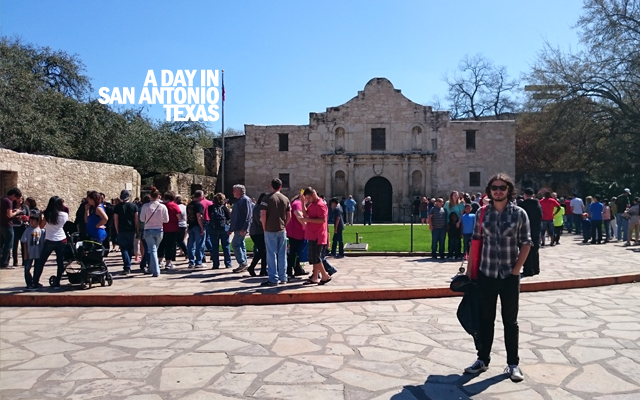
When it comes to rich cultural history, there are few cities in America with more to offer than San Antonio, Texas. Situated less than 90 minutes drive from Austin, Texas, San Antonio used to be one of the State’s best kept secrets. But now, it’s one of the fastest growing cities in the USA, with the second largest population in the State of Texas, home to 1.6 million people.
It’s also home to one of America’s most well-known tourist destinations: The Alamo, which you’ll see me standing in front of in this article’s headline photo. A shameless yet obligatory shot that says “See Mum, I did something in Texas other than eat BBQ and drink whiskey”. But it’s neither the tourist attractions nor the population that you notice when you first arrive in the city. The first thing that strikes you is how familiar it all feels. There’s something about San Antonio that makes you feel right at home from the minute you step into the airport, from the time you arrive in the city itself to walking along the city’s famous River Walk (also known as Paseo del Río).
Remarkably, it also feels like a city untouched. In spite of major projects like the River Walk (which I’ll get to in a moment), it feels like there hasn’t been a new building placed within the city’s main business area in decades. And though that’s not the case by any means, the fact that the area’s general aesthetic lends itself to that hypothesis gives you an idea of what you’re walking into. There’s something very 1920’s America about it, that gives it a unique feel – maybe that’s because a lot of the buildings do indeed come from that era, and have been beautifully maintained. Take a look at these two we spotted in our wanderings:
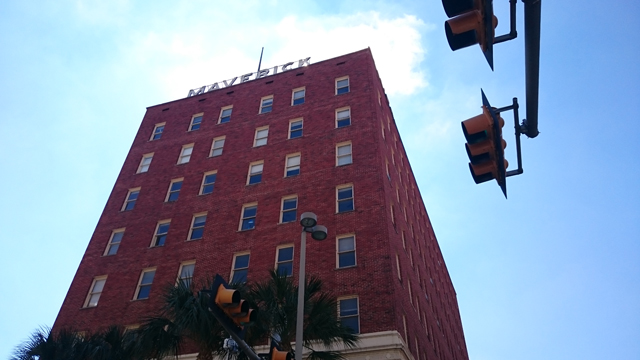
Pictured: The Maverick Apartments is a prominent fixture in downtown San Antonio, originally built in 1922 as an office building.
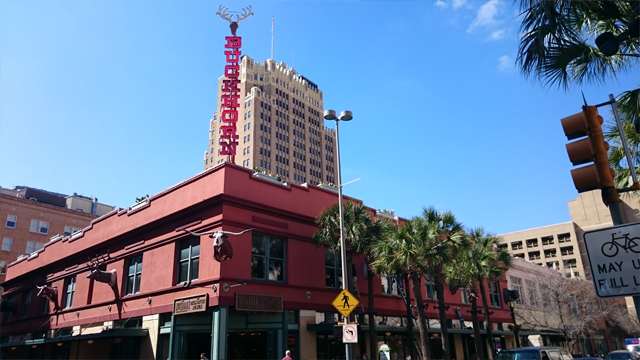
Pictured: The Buckhorn Museum Texas Ranger Museum and Saloon, located two blocks from The Alamo and across the street from the Maverick Apartments. It was also built in 1922, though the museum itself was established in 1881.
But the question we want to answer is, with a day to spend in one of the nation’s fastest growing cities, as one of its 20 million annual tourists, what do you do? Here’s how I spent my day:
Start your day with some Breakfast Tacos
Few meals represent the Tex Mex cuisine, popular in the region, better than the Breakfast Taco. At our Hotel – the Wyndham River Walk San Antonio – the breakfast buffet even featured some make your own tacos, with all the beans, bacon, eggs, salsa and cheese you could need. But wandering around Downtown, it wasn’t hard to find anywhere that didn’t serve the breakfast treat. A great start to the day, just make sure that you don’t stop at having just one.
Head to the Alamo
It’s good to tick this one off early in the day, as with its popularity will come some long queues. Across from the Alamo, meanwhile, is a hub of tourist attractions like Ripley’s Believe it or Not museum and a 3D Tomb Raider ride that seem to pop up alongside most major tourist destinations in North America. As I attended during Spring Break, there was naturally a long line to get into The Alamo, and so we made the decision to jump on with one of the tour operators who would take you to some of the other Missions in the area. Alamo may be a name, but the other Missions, such as Mission San Juan Capistrano and Mission Espada, are just as – if not more – fascinating from an architecture point of view. And all five missions in the area are nominated as a UNESCO World Heritage Site.
Walk along the River Walk
I mentioned before the River Walk – as best described by Wikipedia as “a network of walkways along the banks of the San Antonio River… lined by bars, shops and restaurants, The River Walk is an important part of the city’s urban fabric and a tourist attraction in its own right.”
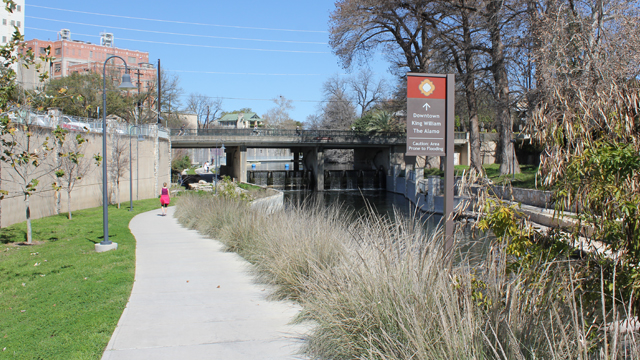
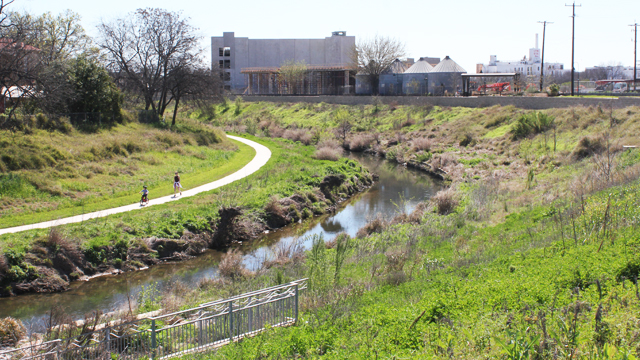
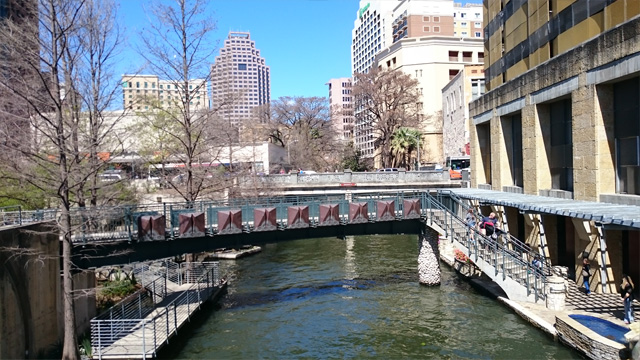
And indeed it is, and since it takes you all the way from the Pearl Brewery North of Downtown to Mission Espada in the South – that’s over 15 miles (24km) – it’s also a great way to get around some of the city’s major tourist attractions. There are plenty of places to rent a bike, as the Walk certainly lends itself to bikers, though as in the name, there are few better ways to experience the area than to walk it. You’ll never know what you’ll stumble across, like the Blue Star Arts Complex, where you’ll be able to – among other things – rent a bike, visit galleries or head along to their impressive restaurant and bar.
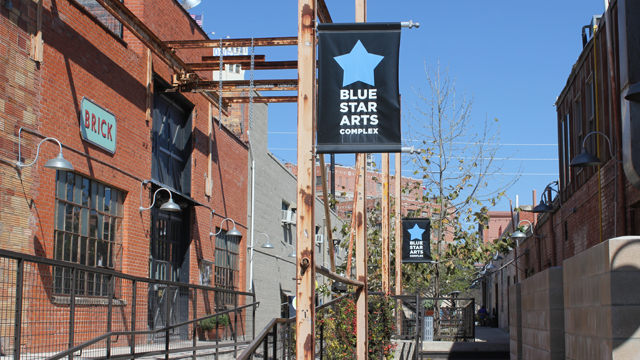
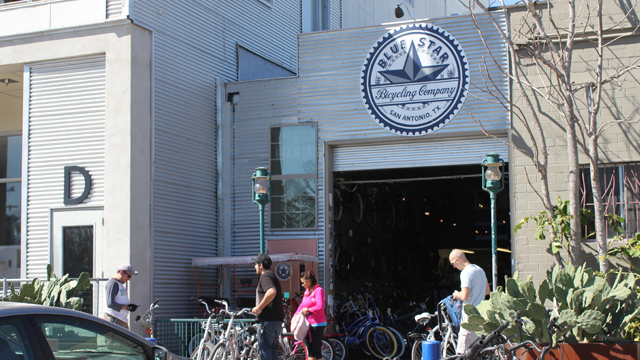
But what’s perhaps most important about the River Walk is this: it gives San Antonio one of the rarest features you’ll find in the USA: it’s a walkable city. Though there’s plenty to see and do a short drive out of the city centre, you won’t want or need to take the car out of its space at the hotel. Just get your shoes on and get walking. Or, jump on public transport or one of the tour services that operate in the area to get between the main attractions. We’ll get to more on that later.
Lunch and Shopping at the Pearl Brewery
Eager to keep the day moving (we only have so many hours in daylight, after all) we jumped in a taxi and headed to the North point of the River Walk, the Pearl Brewery – an area that is essentially an urban renewal project. What was once a brewery is now apartments, offices, shops, cafes and restaurants. And the brewery itself has been converted into a culinary school. I was impressed by how they’ve transformed the space – it’s truly world class and seems to be evolving continually, having first launched about six years ago.
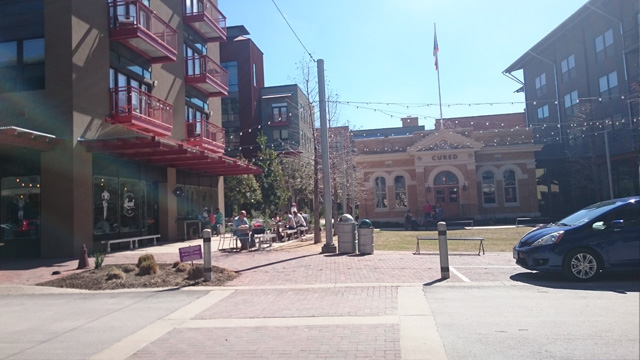
We headed to CURED for lunch, which greeted us with plenty of hanging meat on entry, as well as an impressive local and state wide beer list, which we were quick to sink our taste buds into. We happened to arrive during happy hour, which between 3pm and 6pm halves the prices on select beers and cocktails, while a limited food menu was in operation.

I enjoyed one of the local brews – Power & Light Pale Ale from the Independence Brewing Company in Austin – and my friend and I shared a Blue Ribbon Burger which was simple but divine with a Bacon and Beef blend, Blue Ribbon American Cheese and Onion Jam…. and I don’t use that word often, because I’m not living in a 1900s Jane Austen novel… they said divine, didn’t they? Surely. But it’s appropriate, because while the restaurant and bar only popped up about 18 months ago, the building itself was built in the early 1900s. Much like the rest of the area, they’ve done well to bring new life to an older building.
For more information and to plan your trip to Texas, visit TravelTex.com.
This article is sponsored by Texas Tourism and support was kindly provided by San Antonio Convention & Visitors Bureau and The Wyndham Hotel (Read our review of the hotel HERE). All photos by the author. Read the second part of the piece HERE.
